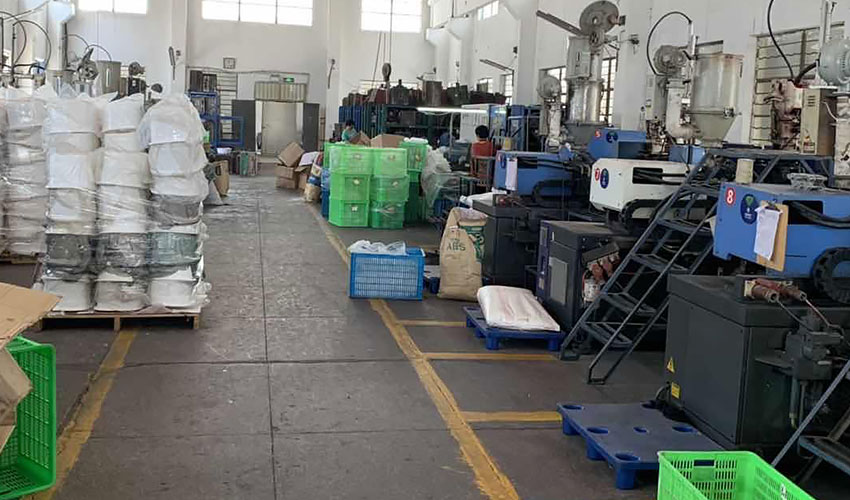Types of defects and sample size
The nature of potential defects and the percentage of inspected items
There are basically three main methods of producing goods in China:
- automated
- partially automated
- manual manufacturing
The production method determines the nature of potential defects.
Automated manufacturing
All items in the batch usually have similar quality, because they are produced under identical conditions and on the same equipment. The only exception would be some malfunction or faulty operation of the machinery, leading to certain systematic defects.
If such production flaws are identified among the inspected samples, a certain percentage of items it the batch would have it as well.
This statement is also true for the opposite situation: if the inspected samples do not have any production defects, the rest of the items would also be fine.
Therefore, the inspection of 50-80 items from the batch is generally enough to draw a conclusion about the overall quality of the goods.
Partially automated and manual manufacturing
The use of manual labor increases the risks of various random defects due to human errors, especially in the absence of thorough internal quality control at the factory.
This is particularly evident in Textile manufacturing. A lot of manual work is usually involved in the process, leading to such common handmade production defects as skipped and irregular stitching, uncut threads, loose buttons, and so on.
In case such flaws are found in the course of inspection and the client considers the defect rate to be too high, the whole batch may be returned to the supplier for corrections.
Quantity of inspected items
The percentage of inspected items is determined by AQL standards and depends on the following factors:
- Total quantity of the items in the batch.
- Technical complexity of the items.
For example, the inspections of consumer electronics are usually more time-consuming because the inspector has to test functionality of the items in addition to the examination for external defects and overall quality.
Normally we aim to inspect 5-10% of the total amount of the goods.
Does it make sense to perform rejection of every item during the inspection?
We do not recommend asking the inspector to perform rejection of every item.
Firstly, this is usually impossible time wise in the course of one inspection and may require additional visits to the factory. Such approach only makes the inspection more expensive and delays shipment.
Secondly, it only leads to even higher defect rates in future orders. The supplier gets the idea that the rejection is taken over by an inspection company, whereas it is the function of internal quality control department.
The main purpose of a pre-shipment inspection is to identify potential problems with the goods and provide accurate data about it, so that the supplier could address them.
More topics on Quality Control Inspection services
Supplier audit in China
The importance of a supplier audit in China Supplier audit in China is the best way to assess capabilities of a manufacturer before placing an order. When self-searching for suppliers in China on Alibaba, 1688, etc., you can only rely on the information, stated in the...
Quality control inspection in China for Ecommerce
Quality control in China: organisation details Quality control inspection is the best possible way to make sure that the quality of your product meets your expectations. The goal is to find defects and avoid their recurrence in future orders. Pre-shipment inspection...
Japanese quality at a Chinese factory: how to achieve it?
How can Japanese problem solving concept benefit your private-label brand? Once upon a time there lived a man, whose name was Fujio Cho and who had one peculiar habit. He was the head of an enterprise, but in the mornings he could usually be found at the shop floor,...
Furniture quality control in China
Checklist for furniture quality control inspection in China Furniture items must meet the highest standards in terms of build quality and aesthetics due to everyday use. Being afraid to “lose Face”, Chinese suppliers tend not to notify the client about problems or...
Quality control for Amazon sellers: Direct communication with the inspector
Quality control LIVE: Interact with a professional inspector, don’t read a boring report We perform all Quality Control inspections for Amazon sellers in LIVE mode, enabling direct communication between the client and the inspector. What problems do most Amazon...





